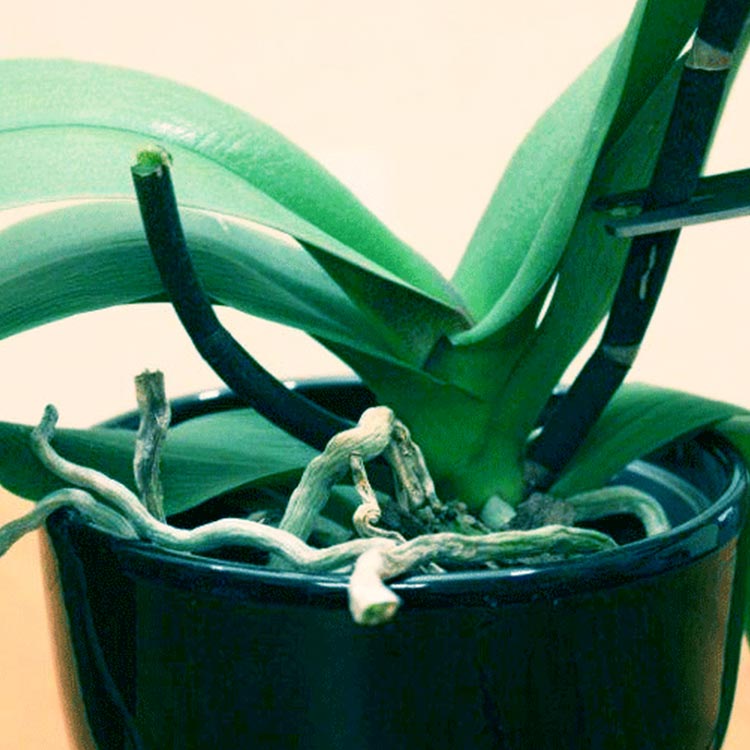
When your orchid stops blooming and enters dormancy, don't worry, it is not dead. You can encourage your orchid to bloom again with just a little TLC. Phalaenopsis orchids rebloom on old spikes with a new stalk emerging from a triangular node along the stalk. To trigger reblooming, your orchid will need a little more attention than what you usually give it.
The thrill when your orchid blooms for a second time, however, makes the small investment in time and effort required to trigger orchid reblooming well worth the effort. Phalaenopsis orchids expend a lot of energy to create the large, beautiful flowers for which they are prized. Under normal circumstances, your orchid will enter a resting period called dormancy once it has finished blooming.
Dormancy allows the plant time to rest and replace the nutrients expended during blooming. Nutrients and water are stored in the plant’s leaves until they are needed for growth and blooming. Dormancy typically lasts from 6 to 9 months and your orchid may rebloom on its own. But sometimes orchids need a little help activating the natural rhythm that leads to blooming.

Copyright Just Add Ice® Orchids 2023